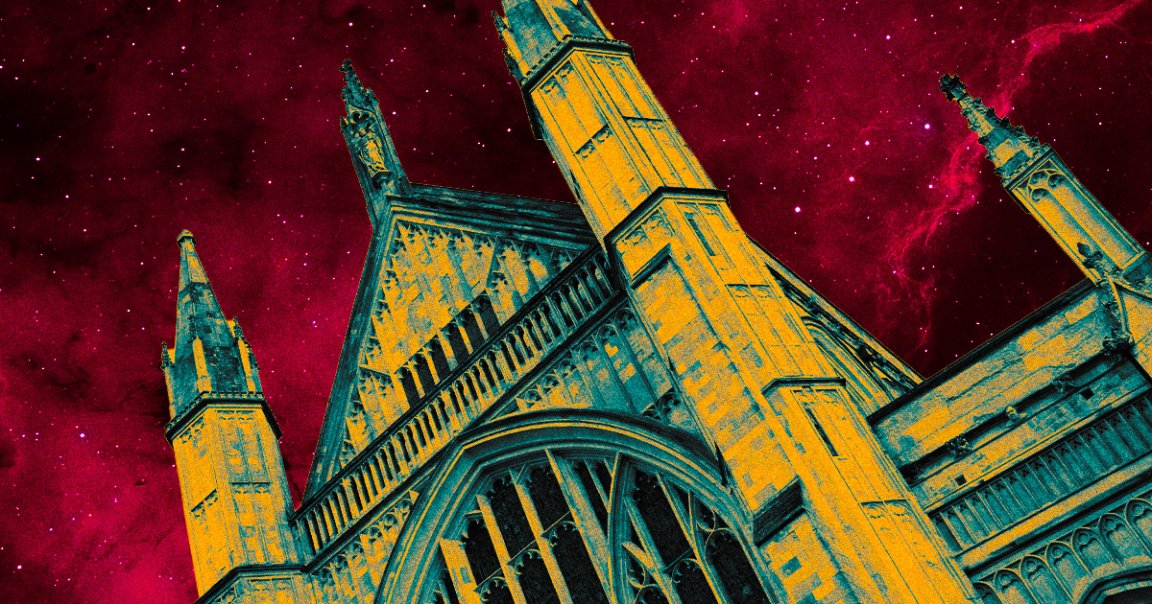
Amber Spyglass
Think finding a needle in a haystack sounds hard? Try finding tiny rocks from space — as small as a grain of sand — inside piles of dust and debris strewn across the roofs of cathedrals.
That’s the daunting task some planetary scientists are taking on in the United Kingdom, The Guardian reports, with the goal of studying this cosmic dust — basically micrometeorites — in an effort to better understand the chemical composition of meteors, asteroids and comets, and perhaps unlock clues to the early history of Earth and the Solar System.
An estimated 5,200 tons of extraterrestrial cosmic dust, micrometeorites, survive their fiery entry into Earth each year, according to the news outlet. They are more easily found in pristine wildernesses like Antarctica, but an expedition to the South Pole is very expensive.
Instead, scientists have been turning to the roofs of old churches like Canterbury Cathedral, because they have large roof areas and are mostly undisturbed from human activity, making them attractive places for hunting micrometeorites.
To prevent contamination of this cosmic dust, which range in size from 50 microns to two millimeters, scientists use protective clothing while vacuuming these roofs.
Later, they go back to the lab and sift through these piles of debris — and, let’s face it, bird poop — under a microscope to find and collect micrometeorites for further study.
Seeds of Life
The idea of cosmic secrets hiding in interstellar dust at an ancient cathedral is poetic, not to mention strikingly similar to the plot of Philip Pullman’s “His Dark Materials” trilogy.
But it’s real science. Many scientists suspect that material from meteors — whether in the form of cosmic dust landing on Earth or as larger rocks — carried rare minerals and chemical compounds that helped seed biological life on our planet during its early history.
“There was more dust coming to Earth, maybe 1,000 times more dust, than today,” United Kingdom’s Open University lecturer in planetary science Martin Suttle told The Guardian. “That dust carries lots of stuff which is attractive as a feedstock for early prebiotic chemistry, things like iron metal, which is otherwise not present on the Earth’s surface.”
He co-authored a paper that was recently published in Nature Astronomy that delved into how dust from extraterrestrial sources may have acted as fertilizer for life on Earth.
To think that so much rides on a tiny rock — it’s astonishing.
More on meteorites: Weird Meteorite Appears to Have Left Earth and Then Come Back